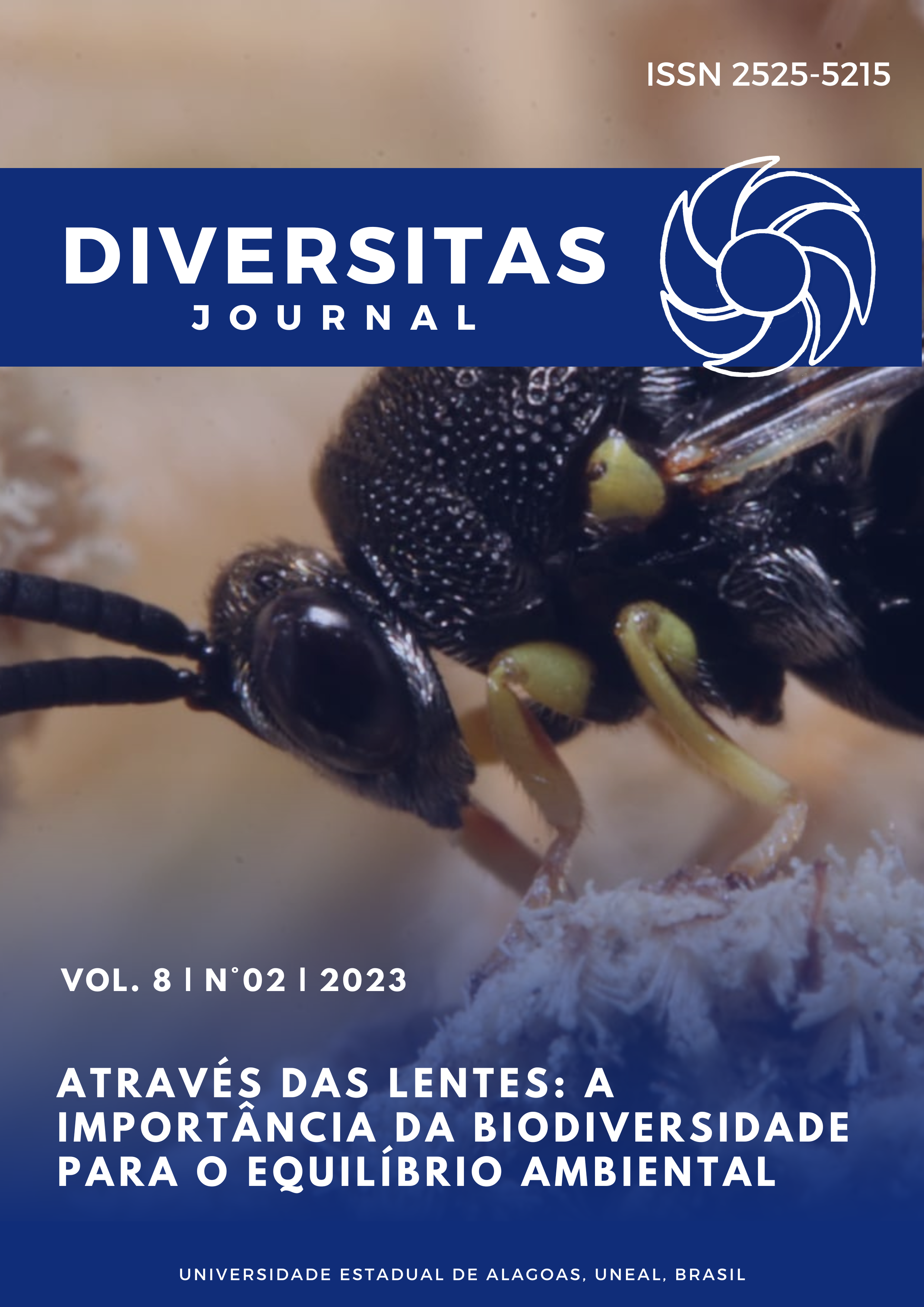Socioeconomic development of Mexico between 2010 and 2020 and economic and trade relations with Brazil and the United States.
DOI:
https://doi.org/10.48017/dj.v8i2.2523Keywords:
Socioeconomic development, Mexico, BrazilAbstract
The present work aims to present the economic and trade relationship between Mexico and the United States in the period 2010-2020 and to elucidate how an approximation between Mexico and Brazil, through South-South Cooperation, could occur. Due to the dynamics of Mexico's relations with the United States, where most imports and exports have their origin and destination to and from US soil, a rapprochement between Mexico and Brazil is important since it can end this relationship of dependence, given that the relations of the two Latin American countries are not close. Thus, the methodology will be hypothetical-deductive since the work will be developed from a possible dependence of Mexico with the United States to answer if there is, in fact, a relationship of economic dependence between them and how it occurs, and how an approximation in economic relations between Mexico and countries of the global South, especially Brazil, can benefit both and help to end such dependence.
Metrics
References
AVILA, C. F. D. Brasil y México: continuidad y cambio en las relaciones bilaterales durante los primeros años del siglo XXI. Carta Internacional, p. 23-30, jun./2008.
CARVALHO, A. V. D. Crescimento econômico, desenvolvimento socioeconômico e dotação de recursos naturais versus armadilha da pobreza: Evidencias para Amazônia legal nas últimas duas décadas (1992-2014). Santarém / Pará, dez./2018.
IBGE. Brasil. Disponível em: https://paises.ibge.gov.br/#/dados/brasil. Acesso em: 1 ago. 2022.
IBGE. México. Disponível em: https://paises.ibge.gov.br/#/dados/mexico. Acesso em: 1 ago.
JUARÉZ, Isaac Leobardo; BRID, Juan Carlos. El reto del crecimiento económico en México: industrias manufactureras y política industrial. Revista Finanzas y Política Económica, vol. 8, no. 2, 2016, pp.271-299. Disponível em: https://www.redalyc.org/articulo.oa?id=323547319004. Acesso em 28 de novembro de 2022.
LUSTIG, Nora; SABIDO, Alejandro Castañeda; NAUDE, Antonio Yúnez. Los grandes problemas de México: Edición abreviada. 1. ed. México, D.F: EL COLEGIO DE MÉXICO, 2012. p. 1-147.
NADDI, B. W. D. M. O MÉXICO NA INTEGRAÇÃO LATINO-AMERICANA. Repositório Institucional da UNILA, Foz do Iguaçu, v. 1, n. 1, p. 265-280, 2015.
OEC. MEX. Disponível em: https://oec.world/en/profile/country/mex?tradeScaleSelector1=tradeScale0&yearlyT radeFlowSelector=flow0. Acesso em: 4 ago. 2022.
OEC. What does Mexico export? (2020). Disponível em: https://oec.world/en/visualize/tree_map/hs92/export/mex/all/show/2020/. Acesso em: 24 nov. 2022.
OEC. What does Mexico import? (2020). Disponível em: https://oec.world/en/visualize/tree_map/hs92/import/mex/all/show/2020/. Acesso em: 23 nov. 2022.
OEC. Where does Mexico export to? (2020). Disponível em: https://oec.world/en/visualize/tree_map/hs92/export/mex/show/all/2020/. Acesso em: 24 nov. 2022.
OEC. Where does Mexico export to? (2020). Disponível em: https://oec.world/en/visualize/tree_map/hs92/import/mex/show/all/2020/. Acesso em: 24 nov. 2022.
PNUD BRASIL. Índice de Pobreza revela grandes desigualdades entre grupos étnicos. Disponível em: https://www.undp.org/pt/brazil/news/%C3%ADndice- de-pobreza-revela-grandes-desigualdades-entre-grupos-%C3%A9tnicos. Acesso em: 24 nov. 2022.
SIEDENBERG, Dieter Rugard. Indicadores de desenvolvimento socioeconômico. Editora Unijuí, v. 1, n. 1, p. 45-71, jun./2003.
TERRA, A. E. . Acerca dos governos panistas no México após a alternância: as políticas externas de Vicente Fox (2000-2006) e Felipe Calderón (2006-2012). Revista Perspectiva , 2016.
THE WORLD BANK. Brasil. Disponível em: https://data.worldbank.org/country/brazil?locale=pt. Acesso em: 4 ago. 2022.
THE WORLD BANK. México. Disponível em: https://data.worldbank.org/country/mexico. Acesso em: 4 ago. 2022.
THE WORLD BANK. Multidimensional poverty headcount ratio (% of total population) - Mexico. Disponível em: https://data.worldbank.org/indicator/SI.POV.MDIM?locations=MX. Acesso em: 4 ago. 2022.
THE WORLD BANK DATA. Poverty headcount ratio at $6.85 a day (2017 PPP) (% of population) - Mexico. Disponível em: https://data.worldbank.org/indicator/SI.POV.UMIC?end=2020&locations=MX&start=2010. Acesso em: 29 jul. 2022.
Downloads
Published
How to Cite
Issue
Section
License
Copyright (c) 2023 Pedro Barbosa de Lima Neto, Thaís Guimarães Alves

This work is licensed under a Creative Commons Attribution 4.0 International License.
The Diversitas Journal expresses that the articles are the sole responsibility of the Authors, who are familiar with Brazilian and international legislation.
Articles are peer-reviewed and care should be taken to warn of the possible incidence of plagiarism. However, plagiarism is an indisputable action by the authors.
The violation of copyright is a crime, provided for in article 184 of the Brazilian Penal Code: “Art. 184 Violating copyright and related rights: Penalty - detention, from 3 (three) months to 1 (one) year, or fine. § 1 If the violation consists of total or partial reproduction, for the purpose of direct or indirect profit, by any means or process, of intellectual work, interpretation, performance or phonogram, without the express authorization of the author, the performer, the producer , as the case may be, or whoever represents them: Penalty - imprisonment, from 2 (two) to 4 (four) years, and a fine. ”















.png)




